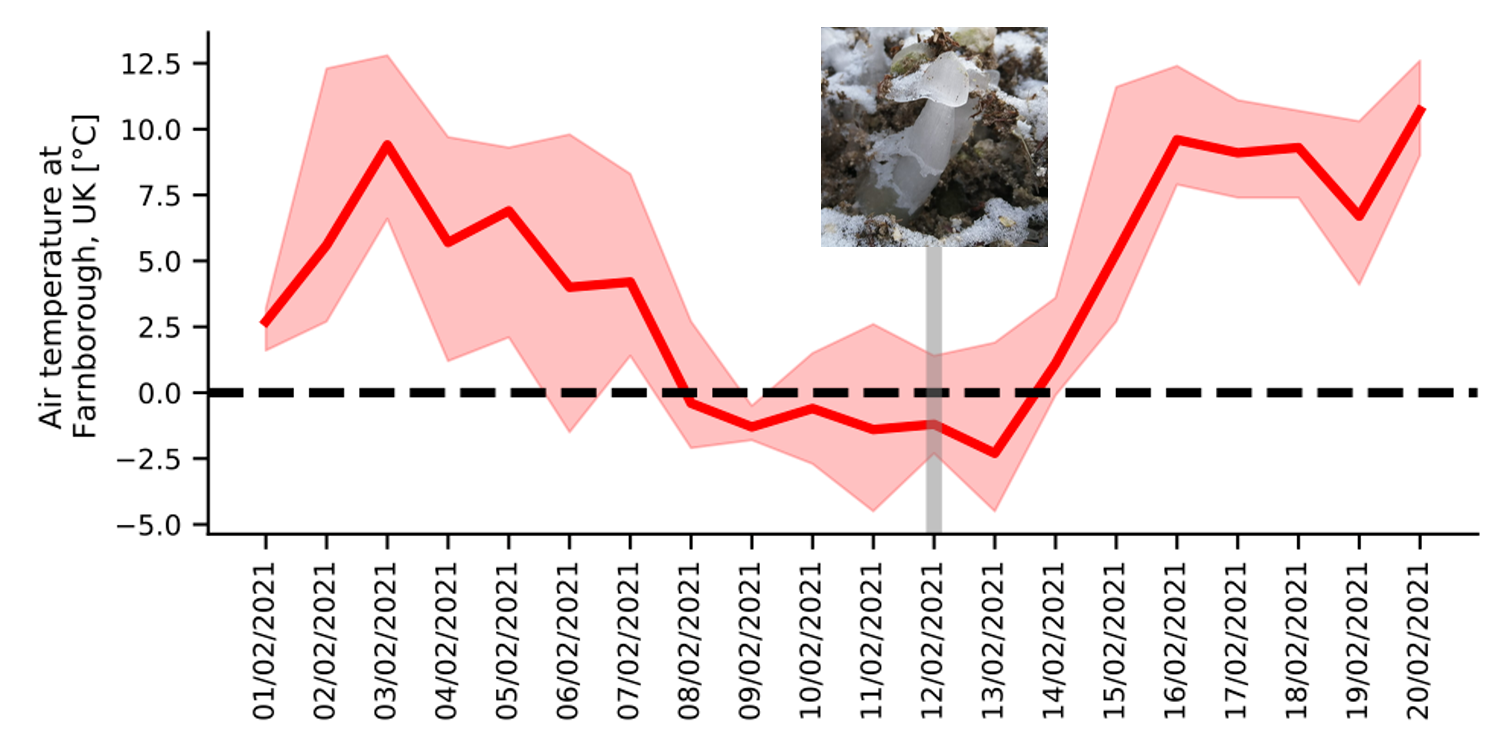
Figure 1 – What could explain the formation of this curious ice mushroom? [Credit: Jonathan Ainslie]
Last week, the EGU Cryosphere Blog (“Cryoblog” for the regulars) team was contacted by a reader who stumbled upon very curious ice formations while taking a morning walk in rural Berkshire, England. This was right after a few nights with below-freezing temperatures and snowfall. He asked us whether we could explain to him what these ice mushrooms were and how they formed. Very curious and always keen to help a reader in distress and extend our knowledge about ice even further, we put on our detective hats and started our investigation. Here is our hypothesis on what led to the formation of these intriguing ice mushrooms…
Are they even mushrooms?!
Well… no. We believe that they are not actually mushrooms, but rather ice formations that astonishingly look like mushrooms. More specifically, our theory is that these ice mushrooms are in fact a beautiful manifestation of ice segregation, a process in which cold water moves through a medium towards existing ice, freezes at the interface and adds to the ice. For ice segregation to occur, liquid water must be contained in a medium — here the soil of the Berkshire forest — while the air temperature is below freezing. During this process, the water permeates the ice and is segregated into different pieces of ice in the form of lenses, ribbons, needles, layers or strands. When it occurs at the soil surface, ice segregation can, for example, lead to the formation of needle ice (sometimes also called frost pillars or pipkrakes).
Our prime suspect: pebble ice
Continuing our investigation, we found out that the process that produces needle ice also produces growths of ice on small porous rocks — thereby forming what can be called pebble ice. Similar to needle ice formation, ice grows on the top of the porous rock from the freezing of the moisture it contains (for as long as moisture is available), leading to the formation of relatively thick rods of ice.

Figure 2 – The pebbles that lead to the formation of the ice mushroom are visible at their feet [Credit: Jonathan Ainslie]
How come they look like mushrooms then?
We came up with the following hypothesis: the ice mushrooms observed by our reader may be explained by successive (probably 3 or 4) ice segregation – and more specifically pebble ice – episodes that likely occurred during consecutive nights with air temperatures below 0°C. Usually, formations such as needle or pebble ice form during the nights and melt when the sun rises. But in this case, in Berkshire, average daily temperatures remained below zero during an entire week, with even colder temperatures reached during the nights (see Figure 3). This hypothesis is supported by what we consider a quite convincing piece of evidence: if you take a closer look at the Figure 2 above, you might notice that the pebbles that likely lead to the formation of the ice mushroom are actually visible at their feet!

Figure 3 – Average daily temperature in Farnborough (Berkshire, United Kingdom, SYNOP Station 03768). Data available openly at Ogimet.com. The red line is the average daily temperature, the shading covers the values between the daily minimum and maximum temperature. The grey bar shows when the picture was taken.
Let’s speculate a little… After a first night of frost, ice started to grow – helped by ice segregation – from a few rocks covering the soil of the Berkshire forest. During the following day, higher air temperatures likely partially melted the ice, but not entirely. These partially melted lumps of ice covering the rocks of the forest will make up the protruding hats of our ice mushrooms.
During the following night, the process repeated itself: also helped by capillary action, water was progressively expelled from the porous rock and froze into the existing ice as soon as it entered in contact with the sub-zero air temperatures, growing away from the ice/water interface and pushing along the way its overlaying lump away from the rock surface. By the next morning, there was new pebble ice pushing up the ice cap from the day before.
Thanks to the very cold temperatures observed during the following days (that prevented the growing ice mushroom from melting), the same process took place during the following nights: the ice continued to form and grow, further pushing the upper part of the ice mushroom away. When having a closer look to the photographed ice mushroom, we can even observe the boundaries between the ice produced during successive days! Elementary my dear Watson!
Let’s not forget about the presumption of innocence!
We are definitely not specialists in ice mushrooms, but had a lot of fun trying to figure out a relevant explanation of how they might have formed. Keep in mind that our explanation given in this post remains highly hypothetical. If you are an ice mushroom specialist, do not hesitate to tell us how wrong we are! And if you’re not an ice mushroom specialist but have an alternative theory, please share it with us in the comments!
Icy yours,
Violaine Holmes and Clara Watson for the Cryoblog
Further Reading
- For more explanation of the process of ice segregation and the formation of pebble ice, have a look at this blog written by Dr R. James Carter
- On another type of amazing and rare ice formations: Image of the Week – Mushrooms at zero degrees = hair ice?!
Edited by Jenny Arthur
